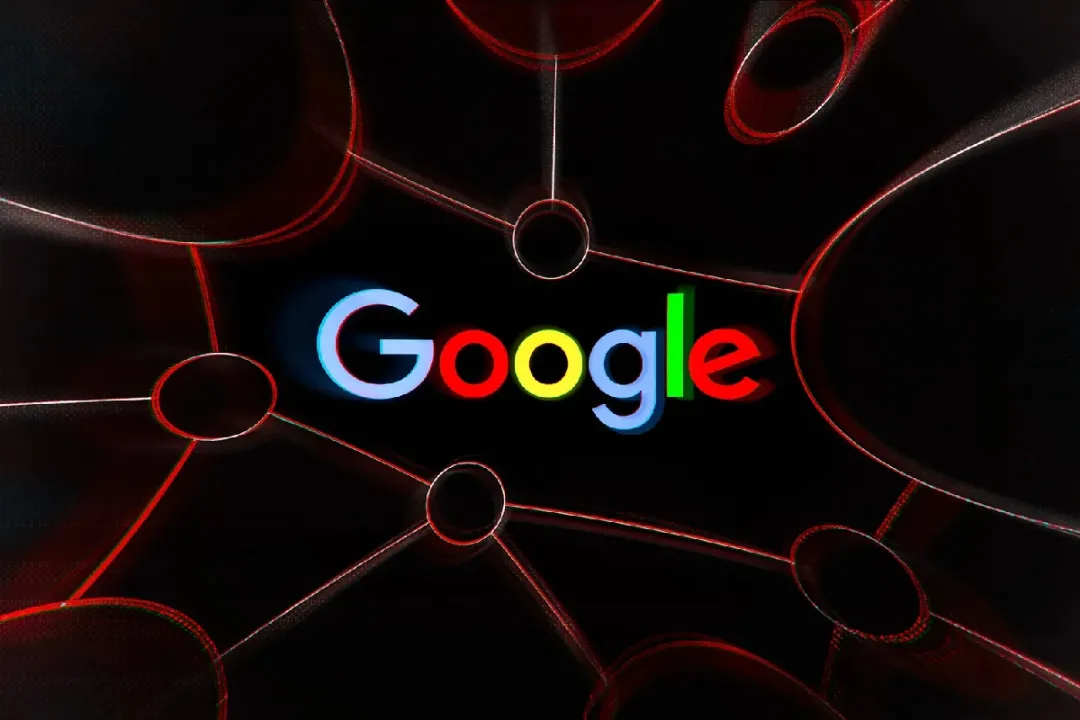Google has revolutionized the Google Home platform by integrating artificial intelligence.
Before the hardware event next week, Google announced the addition of Jamnai AI to the Google Home smart home platform by the end of this year. Jamnai’s AI integration includes generating descriptive subtitles for Nest camera footage and natural language support for controlling connected devices with Google Home and the smarter Google Assistant for Nest smart speakers and displays with all-new voice.
Most of the mentioned features, except for the new voice for Google Assistant, require the purchase of a Nest Aware subscription. Video recording subscriptions for Nest cameras start at $8/month and $80/year. These features will first be available in Google’s public preview beta program to a limited number of Nest Aware subscribers, and will be released to more users next year.
“The Jamna integration sets the course for a new era of Google Home,” Anish Kathukaran, head of product for Google Home, announced in an interview with The Verge.
The introduction of the 4K Google TV Streamer alongside the Nest Thermostat, along with the promise of a smarter Google Assistant, means the search giant is focused on evolving the Google Home platform. “Jumnai is a family of models, and we’re optimizing it for Google Home elements,” says Kathukaran.
Google uses Gemnai for Nest cameras to understand what it sees and hear, and then tell you what’s going on. So, instead of just getting an alert and then having to watch the video to see what happened, Google Home will add detailed explanations of what the camera saw. The models are trained on user data and get smarter over time to better understand what’s going on around your home.
Regardless of the details of the interpretations, artificial intelligence can become a smart home automation. For example, if one of the cameras detects an animal and realizes that “a dog is ruining the lawn,” the next step could be to create an automation to “turn on the sprinklers,” without the need for user intervention in the process.
It will be possible to use text to search for video cameras in Google Home’s activity tab. For example, when the pet is sneaking out after dark. The user can ask Google to show the last time they saw the animal.
The new Help me create feature in the Google Home app lets you describe what you want to happen, like “lock the doors” and “turn off the lights when you sleep,” and the AI will do it for you.
In addition to simpler automations, Google says it’s improving the Assistant’s “core experiences,” like playing music and setting timers, across all Nest smart speakers and displays.
Google Assistant has been updated with new voices with different styles and tones and accents. The company released a test version of its first new assistant voice, which is used in some conversations and sounds lighter and more natural.
These changes are designed to bring the digital voice assistant closer to the vision that Google and its competitors have been striving to achieve for years: a digital assistant that can be truly useful.

Leave a Reply